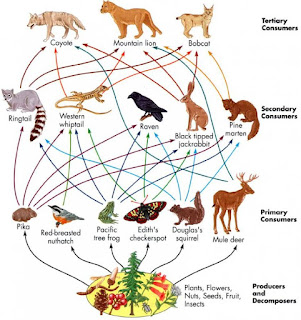Biomes / Adaptations - Create Your Own Organism Mini-Project

1. On the website link below, read over the five sections on Biomes (Aquatic, Desert, Forest, Tundra and Grasslands). *If you find the first website challenging to understand, please try the second link and read over sections on the same five Biomes (Aquatic, Desert, Forest, Tundra and Grasslands). 2. As you read, make notes in your Science journals on the major survival challenges faced by organisms living in each of the Biomes. http://www.ucmp.berkeley.edu/glossary/gloss5/biome/index.html http://www.ducksters.com/science/ecosystems/world_biomes.php https://www.youtube.com/watch?v=0fb8143ndo8 3. SHOW Mr. Mak your notes. 4. Research unique adaptations that organisms found in each of these five Biomes have evolved to help them successfully survive. 5. Design your own unique creature with at least 5-10 adaptations that would allow it to successfully survive in any Biome on the planet. Make a poster with a sketch of the organism. Have arrows pointing to all ada
